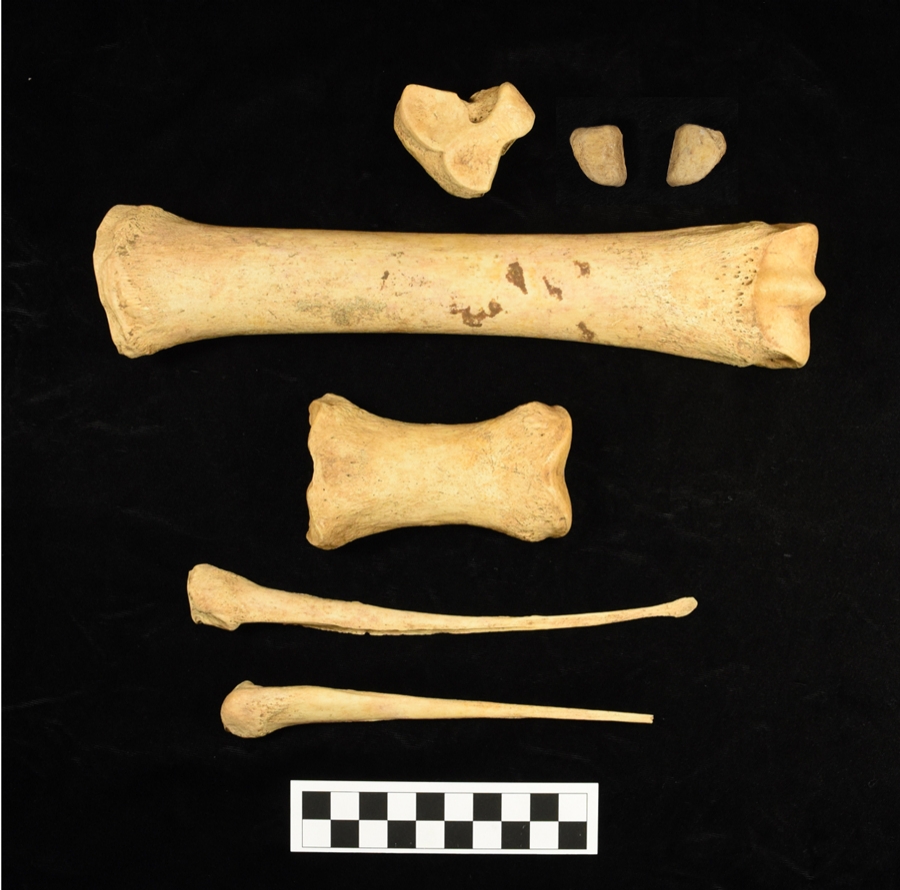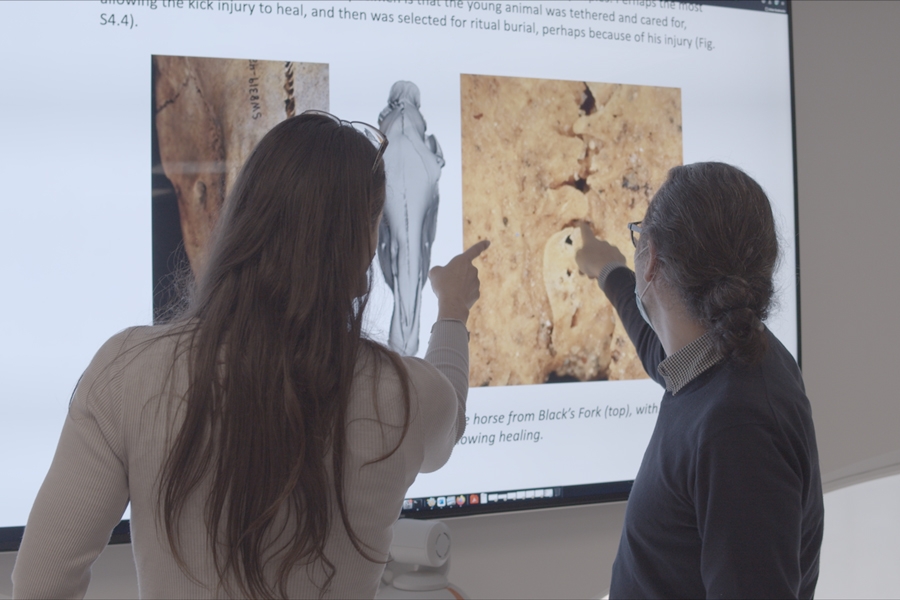University of Oklahoma researchers co-led a study recently published in the journal Science that provides a clearer picture of the historical role of horses in the North American west.
The paper, “Early dispersal of domestic horses into the Great Plains and Northern Rockies,” uses archaeological materials, historical sources and Indigenous knowledge to understand when, why and how domestic horses transformed human life following their reintroduction into North America, said study co-author Brandi Bethke, Ph.D., lab director and research faculty of the Oklahoma Archeological Survey at the University of Oklahoma.
Collaborators to the U.S. National Science Foundation-funded study include archaeologists from the University of Oklahoma, University of Colorado-Boulder, and University of New Mexico and geneticists from the University of Toulouse in France, as well as an extensive research team that is comprised of 87 scientists across 66 institutions.
To tell the stories of horses in the West, the team closely examined 23 sets of animal remains found at sites from across the Plains and Rocky Mountains. Using both new and established practices from the archaeological sciences, such as radiocarbon dating and DNA sequencing, in combination with Indigenous histories, the team identified evidence that horses were raised, fed, cared for and ridden by Native Nations across the American plains and Rocky Mountains as much as a century before records from Europeans had suggested.
NSF Archeology program director John Yellen said, “This research demonstrates how multiple different types of data can be integrated to address the fascinating historical question of how and when horses spread across the West.”
Direct radiocarbon dating of horse remains from museum collections ranging from southern Idaho to southwestern Wyoming and northern Kansas showed that horses were present across much of the Great Plains and Rocky Mountains by the early 17th century, and conclusively before the Pueblo Revolt of 1680. This archaeological data proves that domestic horses were no longer in exclusive Spanish control and were integrated into Indigenous lifeways by at least the early 1600s. Importantly, this earlier dispersal validates many traditional perspectives on the origin of the horse from project partners like the Lakota, Comanche, Pawnee and Wichita who recognize the link between archaeological findings and oral traditions.





